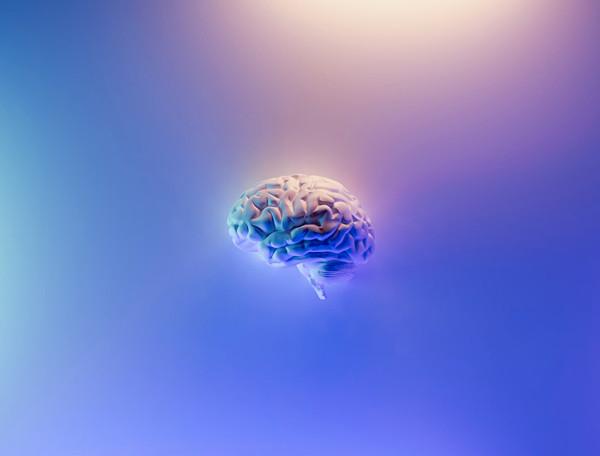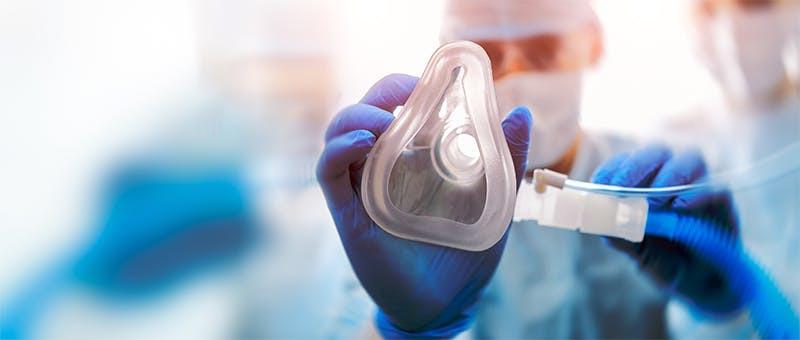Explore the World's Best Ideas
Join today and uncover 100+ curated journeys from 50+ topics. Unlock access to our mobile app with extensive features.
General anaesthesia redefined surgery
Dentist William Morton performed the first successful public test of a general anaesthetic in 1846. He first experimented on a hen, his dog, his goldfish, and himself before going to the Massachusetts General Hospital surgical theatre.
His concoction of sulfuric ether and oil from an orange (just for the fragrance) knocked a young man unconscious while a surgeon cut a tumour from his neck.
Today’s anaesthetic includes ether-based inhalants such as sevoflurane and isoflurane, and intravenous anaesthetic propofol.
10
174 reads
Risks with general anaesthesia
General anaesthesia redefined surgery and medicine, but over a century later it still carries significant risks.
- Too much sedation can lead to neurocognitive disorders and may even shorten lifespan;
- Too little can lead to traumatic and painful wakefulness during surgery.
Generally speaking, anaesthetic drugs render people unconscious by changing how parts of the brain communicate. But scientists still don’t fully understand why.
8
157 reads
Negative effects of anaesthetic
- 17 to 43 percent of patients may have cognitive problems such as memory and executive functions that typically last for up to two weeks. However, delirium in adults over 65 can last for several months.
- Some studies have shown that the risk of long-term cognitive damage and post-op delirium is highest for those who already have underlying cognitive vulnerabilities, such as Alzheimer’s or mild cognitive impairment.
- A small percentage of patients have reported traumas from recalling some experience of their medical procedure during general anaesthesia.
8
138 reads
Signal to noise
In 2011, renowned anesthesiologist Emery Brown began using EEG to track patients’ brain waves.EEG records the electrochemical activity between communicating neurons in the brain.
During general anaesthesia, you can see, based on the patterns on the EEG monitor, how unconscious someone is, and you can dose your drugs accordingly. But testing whether EEG monitoring helps patients go under and recover better has produced mixed results.
8
128 reads
Usefulness of anaesthesia
Understanding how patients wake from anaesthesia and under what circumstances they struggle could also help scientists with how to treat disorders of consciousness, including coma.
Researchers can use general anaesthesia to control the transition into and out of unconsciousness. Like anaesthesia, a coma seems to alter essential communication between different brain networks.
Researchers already use anaesthesia to test potential coma therapies. For example, Ritalin, often prescribed for ADHD, has been found to bring rats back to consciousness after general anaesthesia.
8
118 reads
IDEAS CURATED BY
Gabriela Ochoa's ideas are part of this journey:
Learn more about scienceandnature with this collection
The importance of physical activity
The role of genetics in lifespan
How to maintain a healthy diet
Related collections
Similar ideas
10 ideas
While We Sleep, Our Mind Goes on an Amazing Journey
nationalgeographic.com
1 idea
Heart Rate Variability: New Perspectives
ncbi.nlm.nih.gov
Read & Learn
20x Faster
without
deepstash
with
deepstash
with
deepstash
Personalized microlearning
—
100+ Learning Journeys
—
Access to 200,000+ ideas
—
Access to the mobile app
—
Unlimited idea saving
—
—
Unlimited history
—
—
Unlimited listening to ideas
—
—
Downloading & offline access
—
—
Supercharge your mind with one idea per day
Enter your email and spend 1 minute every day to learn something new.
I agree to receive email updates



